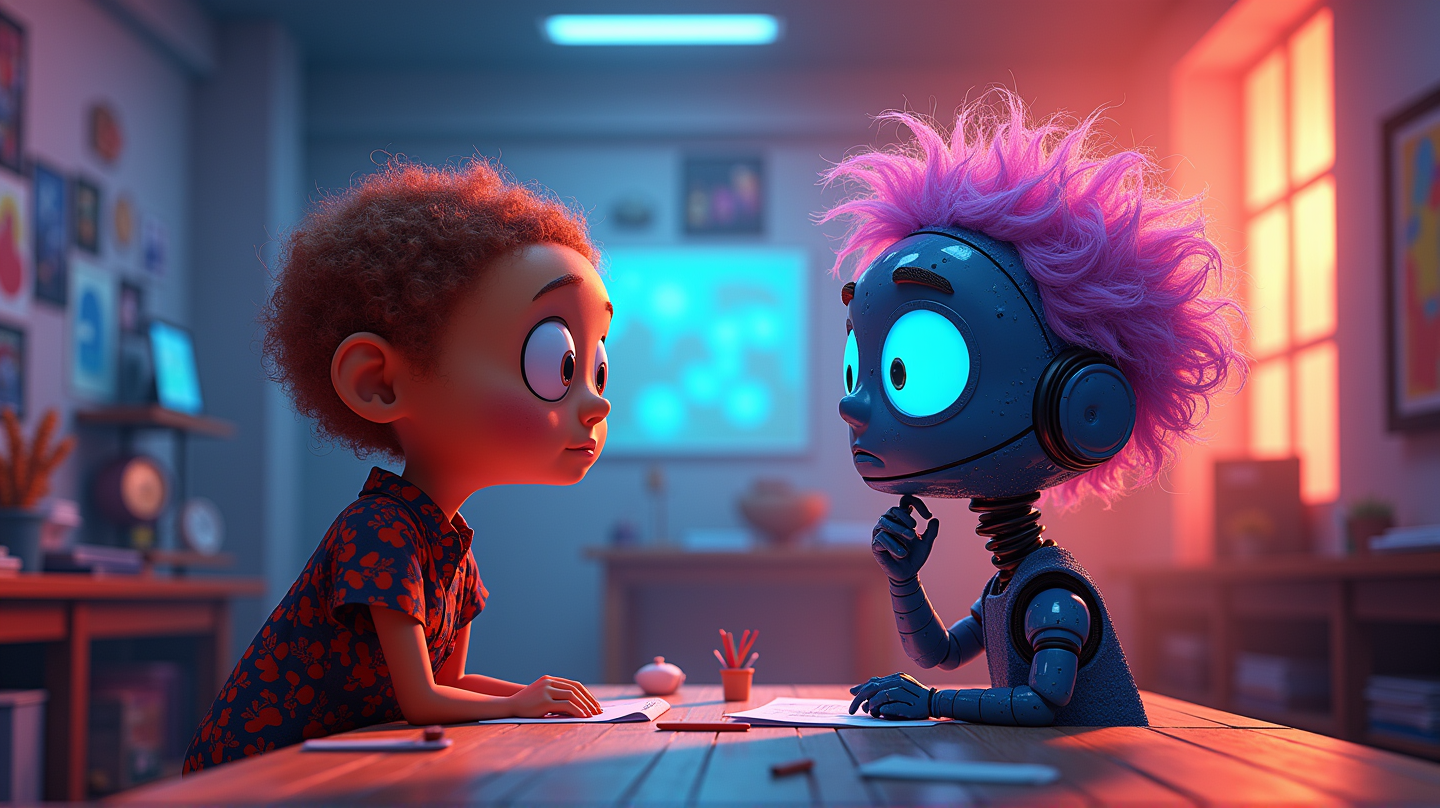In a candid conversation with comedian Mike Birbiglia on the “Working It Out” podcast, Pete Docter, Pixar’s chief creative officer, paints a refreshing picture of AI and its potential in the art of animated filmmaking. Dismissing the tech buzz, Docter labels AI as “the least impressive blah average of things” but acknowledges the role computers have played in democratizing animation.
The Anxiety Around AI in Hollywood
AI has triggered waves of anxiety across Hollywood, stirring discussions about job security and creative authenticity in the film industry. While some see it as a looming threat—like the unionized writers who went on strike in 2023—others, including directors like James Cameron, envision AI as a tool that could streamline production costs, providing a new way forward in filmmaking.
Bridging the Old and New: From Hand-drawn Classics to Computer Ease
Reflecting on the history of animation, Docter muses over the days when only a select few could master the nuanced art of hand-drawn animation. “A very small number of people could draw well enough,” he recalls, shedding light on the brilliance behind classic animation techniques. With the ascent of computers, the barriers lowered, allowing those with the right artistic instincts to contribute without requiring extraordinary draftsmanship.
What Role Could AI Play in Animation?
In an industry often rife with technological upheavals, AI presents a unique blend of excitement and skepticism. For Docter, the potential lies in its capacity to relieve animators from tedious tasks, granting them more space to focus on the artistry of performance and timing. “I was wondering whether AI will continue to help us lift some of the heavy burdens that we have to carry as an animator,” he says, sketching a future where imaginative narratives take center stage.
The Human Touch in Animated Filmmaking
While AI provides intriguing possibilities, Docter firmly believes in the irreplaceable human touch in animated storytelling, a reminder that technology, however advanced, cannot substitute the intuition and emotion artists bring to life.
As Pixar’s CCO, Docter’s perspective on AI offers a hopeful, if cautious, lens on the future of animation. With AI lifting the mundane, the dream is one where animators are free to focus more on emotive performances.
As this dialogue continues to unfold, it prompts a broader reflection on the balance between innovation and tradition. According to Business Insider, the dance between technology and artistry will define the next chapter of animation.
Conversations like Docter’s serve to remind us of the potential that lies ahead, blending the best of technology with the irreplaceable human touch.
